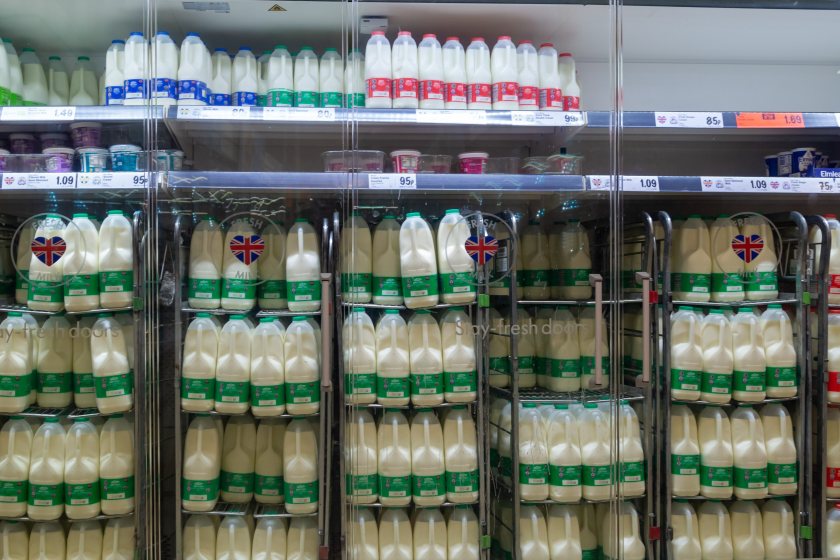
Food prices in the UK remain close to a 45-year high despite general inflation seeing the steepest decline since the cost-of-living crisis began.
The Office for National Statistics (ONS) said annual inflation declined below double digits for the first time since August 2022, falling from 10.1% in March to 8.7% in April.
But the rate at which food prices rise slowed marginally in the year to April 2023 to 19.1%, remaining close to a 45-year high.
Recent droughts and floods in Europe and elsewhere have been disrupting supply chains and pushing up prices of fresh produce.
The ONS explained some vegetables were more expensive than a year ago, such as potatoes, but prices of bread, cereal, fish, milk and eggs had fallen.
ONS chief economist, Grant Fitzner told the BBC: "If you look at what prices businesses are facing and how much they're paying for domestic food materials, that has come down from over 15% annual last month to under 10% this month,"
Mohsin Rashid, CEO of shopping app ZIPZERO, said that while the drop in general inflation would be welcomed, food prices remained "at astronomic levels".
"Crucially, high prices continue to hit consumers’ pockets where it hurts the most: their grocery bills," he said.
"Shoppers are having to make very difficult choices, with some even skipping meals, relying on food banks, or getting into debt to put food on the table for their household.
"Britons need relief from endless price hikes; equitable solutions must be found between supermarkets and their customers.”
Tom Lancaster, land analyst at the Energy and Climate Intelligence Unit (ECIU), said farmers were also still grappling with near record high fertiliser costs.
ECIU analysis has found that in the first four months of this year, fertilisers applied to crops would likely have cost an additional £419m to buy, using this year’s prices as compared to those in 2020.
Manufacture of many fertilisers requires significant quantities of gas, the price of which has been high, the ECIU explained.
Of three of the main fertilisers used by farmers, around 90% of the total annual use is likely to have been applied by the end of May, locking in current high production and gas prices for the 2023 harvest.
"Most of it is made with gas, meaning that fertilisers applied to crops now will be adding to costs for food harvested later in the year," Mr Lancaster noted.
"The costs of climate change and our reliance on gas are set to remain with us in our weekly shop for some time to come.”
